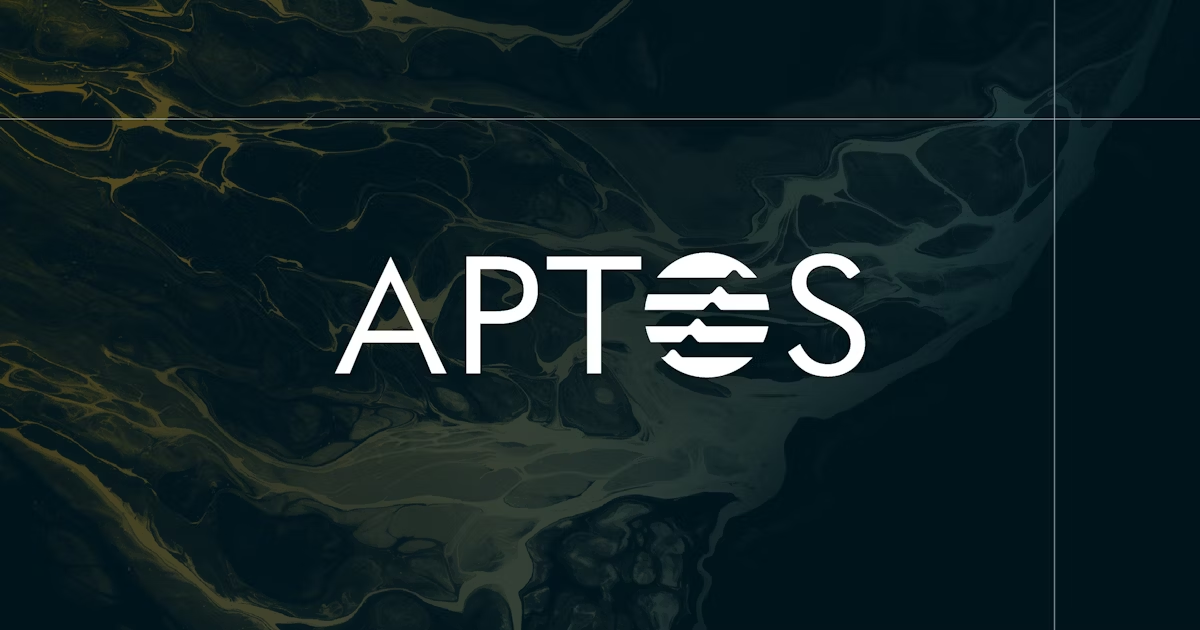- IOTA co-founder Schiener revealed the current adoption progress with the vaccination card as well as in the supply chain and automotive industry.
- In light of the launch of Mana, “some” companies are interested in investing in IOTA through the new partner Curv.
After the IOTA Foundation released the alpha version of the Smart Contracts Protocol (ISCP) on Thursday, yesterday’s edition of IOTA Talks revolved around that very protocol and its possibilities and adoption. IOTA co-founder Dominik Schiener first showed enthusiasm for an NFT created by an IOTA community member.
At the same time, he expressed his shock for a tweet stating that a single artist burned the equivalent of 49 years of electricity consumption with the issuance of only 2 artworks on the Ethereum-based NFT marketplace Nifty Gateway (103.129 kg of CO2). The IOTA Foundation is very interested in the possibilities of NFTs and solving the problem, Schiener said:
It’s a really unique opportunity to position itself. And if anyone of you is interested in setting up a NFT marketplace, if you are a NFT artist, please join our Discord. And let’s discuss it because this is something that we should get behind right now.
IOTA’s adoption progress
The following conversation with “ThomasQv” focused specifically on the current progress of adoption. Schiener revealed which “big use case” he expects to see first:
We are really trying to do it with the vaccination passport already this year: We are really trying to use our best contacts right now, to talk with governments to get the vaccination passport adopted.
Even if that doesn’t work, I think what will be really adopted moving forward is IOTA capabilities in data management. What we’re doing with Dell is very exciting, but also for supply chain with Zebra. So it’s our goal over the next few years and with Coordicide on the mainnet it will be much more possible, or easier to use IOTA in those use cases.
Schiener emphasized that it is a lengthy process to attract and convince new partners. It usually takes “several months” before an NDA is signed. After that, it’s a matter of building trust, which can take “several years.” In that respect, the IOTA co-founder revealed that there are some partners in the pipeline who are still tinkering with their use case.
We have some very exciting partners in the pipeline that are still working on their use case. […] So what we are really focusing on this year is tangible adoption – what we can do with IOTA Oracles, with industrial Oracles and also what we are doing with smart contracts. We are basically focusing on doing crypto adoption but also doing enterprise adoption.
When asked in which industry IOTA is already “furthest along,” Schiener stated that it is probably the supply chain industry.
Because in the supply chain we have several tangible projects, we had the Trademark East Africa pilot […] that we are still very much developing in Kenya, East Africa in general. […] We had Zebra Technologies and also other partners like EVRYTHNG. […] But I think as we move forward with Chrysalis […] I am definitely sure that IOTA’s wallet technology for cars will start to get more adoption.
In the context of the automotive industry, Schiener also revealed that IOTA is “still” part of the MOBI Alliance and is involved in the standards development. However, things are not moving as fast as IOTA would like. A key to adoption and use cases, however, will be Coordicide.
As Schiener elicited, companies have to pay gas fees when they invest in Ether (ETH). With IOTA 2.0, companies have an incentive to hold the token because they are rewarded with Mana. In this context, the partnership with Curv is significant, he said. “Some partners” are interested in investing in IOTA through Curv and will go public “soon.”
Credit: Source link











































































































































